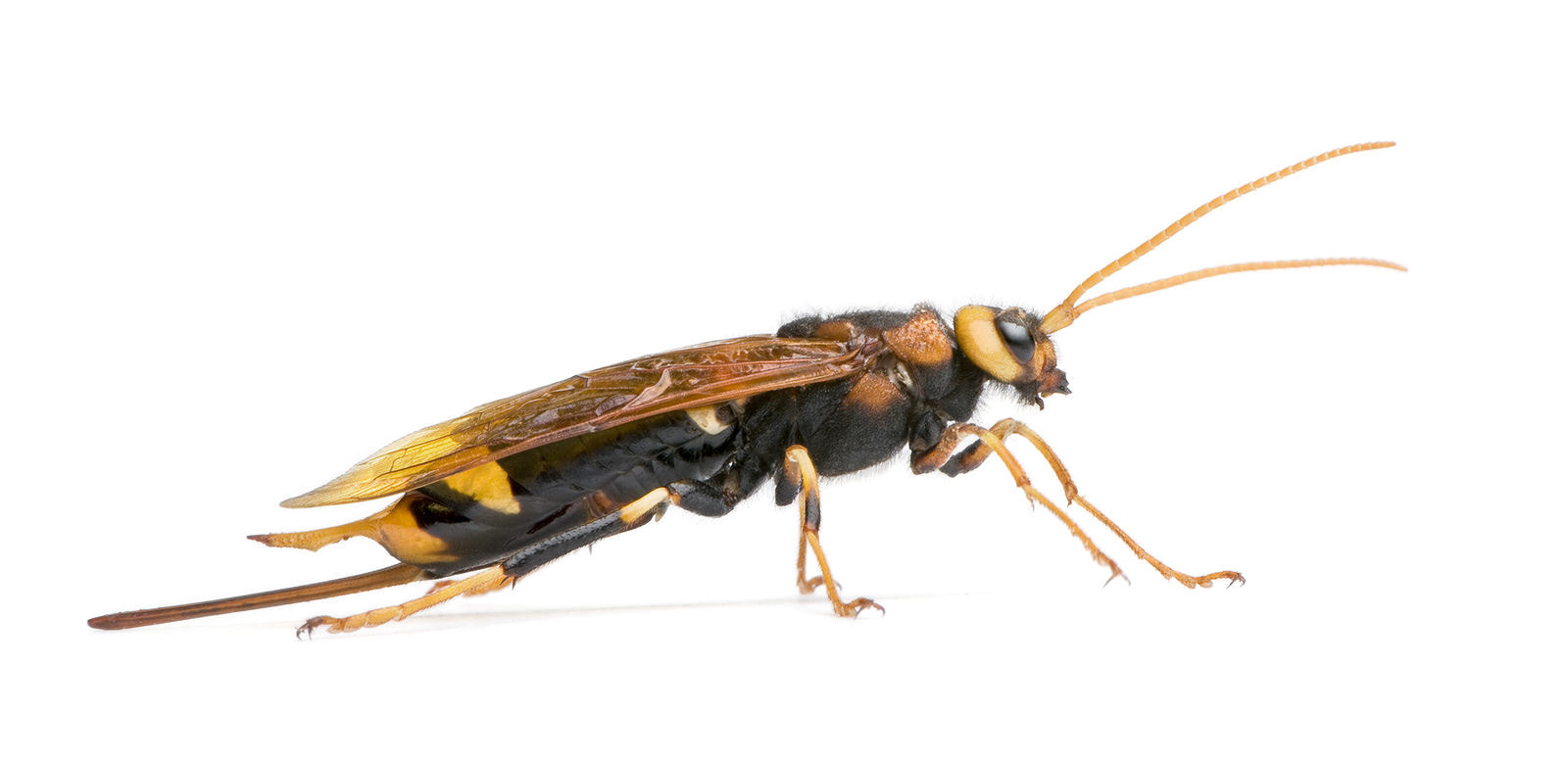Once again, scientists and developers are taking their cue from nature in order to approach innovation and effective new insights. In this example of biomimicry, it is the Wood-Boring Wasp, also known as the Horntail, that serves as inspiration for a new robotic needle which will be used in brain surgery.
Cannulas are the needles currently and commonly used in neurosurgery. They are thin, rigid and hollow, and are used to insert medicine and drain fluid from the patient's brain. However, the fact that it is rigid poses some risks for the patient - it means it must follow a straight path in the soft, changing and fragile tissue of the brain.
But a team of researchers at the Imperial College London developed a prototype for a flexible robotic needle, inspired by the Wood-Boring Wasp. This needle will make it possible to reach more difficult places in the brain-tissue, while at the same time reducing the risk of damage for the patient.
At this moment, the robotic system is being tailored to deliver medications for tumors in the brain which do not respond well to more conventional treatments. Nevertheless, the researchers already anticipate that it will be possible to apply their technology to a wide range of medical procedures - from introducing small radioactive elements into cancerous tumors (brachytherapy), to directing lasers to attack cancerous tissue with great precision (laser ablation), as well as inserting electrodes in the brain to treat problems like Parkinson's disease (deep brain stimulation).
Professor Lorenzo Bello, from the University of Milan, said that "The system could potentially have a significant impact in oncology and in the field of neurodegenerative diseases. It offers an innovative mode of administration of therapeutic agents through the combination of flexible needles and intraoperative imaging systems, which could improve the way clinical diseases are managed”.
Significant funding has been provided by the European Union's Horizon 2020 research and innovation programme - namely, 8.3 million euro. These will go to a pan-European project called EDEN2020, which will team academics, clinicians and industry developers in order to bring this new technology to the market. The hope is that by 2020 they will be able to begin clinical trials.
And all of this is inspired by the very small Wood Boring Wasp. The female of this species have a needle-like organ, used to lay eggs. It bores into wood and lays its eggs, parasitically, into host larvae. The technology is thus very similar to the Wasp's ovipositor: it consists of three small and connected polymer tubes, which slide along each other, mimicking the way the wasp's ovipositor works. The segments move along each other in complex patterns, which enables and eventually amounts to tremendous precision and dexterity.
Dr Fernando Rodriguez y Bayena, from the Imperial's Mechanical Engineering department, says that “Serendipity is a beautiful thing! I stumbled on the unique qualities of this particular wasp when Professor Julian Vincent, who is a friend and colleague, explained at a dinner how the curved ovipositor worked. Suddenly, I wondered whether we could mimic this attribute in robotic medical technology to improve the delivery of treatments. Six years into the project, we now have a medical grade, clinically sized working prototype, which we hope will ultimately improve outcomes and recovery times for patients with brain diseases”.
Biomimicry strikes again!
Source: Imperial College News

Share your thoughts and join the technology debate!
Be the first to comment